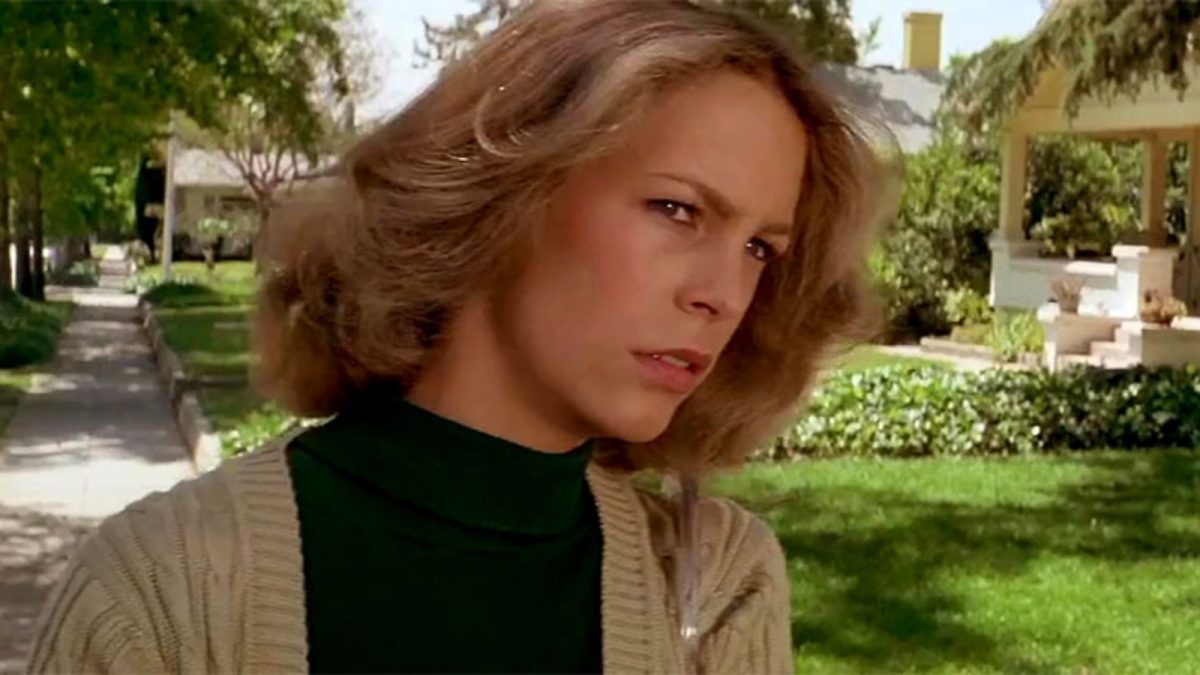If you’re partial to a good slasher every now and then, you’ve likely been exposed to the tried and true “final girl” formula that almost every single self-respecting slasher in existence has implemented. For classic horror franchises like Halloween and The Texas Chain Saw Massacre, that same trope is the very lifeblood of the franchise, on which various sequels are based. Take Jamie Lee Curtis’ Laurie Strode, the prime example of horror’s finest final girl in that she outlasts Michael Myers.
From 1978’s Halloween right through countless sequels and remakes to 2022’s Halloween Ends, Strode survived until the bitter end. In fact, even when audiences felt it poetic to kill her off along with Michael as a twisted display of fate, David Gordon Green felt otherwise. But Strode isn’t the only final girl to withstand her pursuer; the same can be said of Sally Hardesty in The Texas Chain Saw Massacre, although she does actually bite the dust finally in 2022’s direct sequel, Texas Chainsaw Massacre. Still, she managed to emerge as the sole survivor of the original ’70s massacre.
But why does this always seem to be the case? Why are sole survivors — if not very few survivors — commonplace with slashers in particular — but honestly, most horror-themed works — nowadays? Well, as vague of an answer as it is, that all depends on how you look at it.
Without skipping a beat, one Redditor offered their two cents on the matter, suggesting that the aforementioned Texas Chain Saw Massacre acts as the true origin story for the so-called “final girl” in Sally Hardesty. Tobe Hooper’s cult classic was the first of many instances where a single female emerges from the ordeal largely unscathed, despite all her friends perishing. And that same formula emerged in copycat slashers like Halloween and Scream, which saw Laurie Strode and Sidney Prescott, respectively, escape the killer’s clutches on more than one occasion. The Redditor also mentions a 1992 novel by Carol Clover — called Men, Women, and Chainsaws — which delves into the history of the final girl and discusses theories as to her overarching presence in slashers.
There’s also the less philosophical answer, which doesn’t sound as smart, but also makes the most sense. It’s outlined perfectly in the comment below:
And when you think about it, no, they wouldn’t be a very good and/or merciless (therefore terrifying) killer if they opted to keep everyone alive, now would they? That same theory is picked apart even further in the below comment, which discusses how an abundance of gory killers keeps audiences invested, and storylines maximize these on-screen kills by starting out with a large group of protagonists and slowly but surely dwindling them down to just one — or two, on the rare occasion.
Regardless of how it exists or why it works, the final girl trope has withstood the test of time and continues to reel audiences in decades later. By that logic, someone must be doing something right.











Published: May 2, 2023 10:47 am